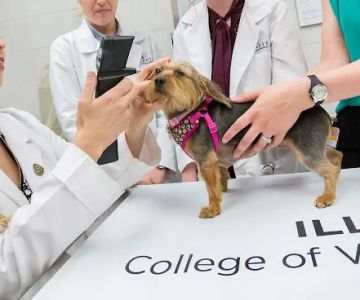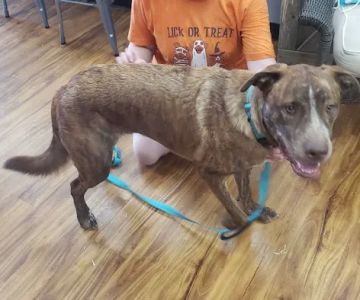Introduction to Training Your Dog to Wait Before Eating
One of the most important aspects of dog training is teaching your pet proper behavior during mealtime. If you’ve ever had a dog that eagerly jumps for their food the moment it's placed in front of them, you know how challenging it can be to maintain control. Teaching your dog to wait before eating not only fosters better behavior but also instills patience and discipline. Whether you're a new pet owner or have had dogs for years, learning how to train your dog to wait before eating is a valuable skill for both you and your pet.
1. Understanding Why Waiting is Important
Why should your dog wait before eating? Well, there are multiple benefits to this practice. First, it helps with controlling impulses, teaching your dog to be calm and obedient. Second, it reduces the risk of food aggression or overzealous eating habits. For certain breeds that tend to be more dominant or have high energy, learning to wait before eating is crucial for building trust and respect. Third, it enhances your bond with your dog, as they learn to listen to you in an everyday situation.

1008 W Hazelwood Dr, Urbana, IL 61802, USA
See Details2. Getting Started: Creating the Right Environment
Before you begin the training process, ensure that you have a calm environment for your dog. Avoid distractions like loud noises or other pets during the training session. The key to success is consistency and a focused setting where your dog can learn to associate the “wait” command with a calm atmosphere. You will need your dog's food bowl, treats, and plenty of patience. Make sure you’re prepared to offer a reward whenever your dog follows the instructions.
3. Step-by-Step Guide to Teaching the Wait Command
Here’s how you can teach your dog to wait before eating:
- Step 1: Set the Scene – Begin by placing your dog’s food bowl on the floor but do not let your dog eat immediately. Stand in front of the bowl and let them see it, but don’t allow them to approach it.
- Step 2: Give the Command – Say the word “wait” in a calm, firm voice. Your dog should understand that this is a command they need to follow. If your dog is excited, wait for them to calm down before giving the command again.
- Step 3: Reward Patience – As soon as your dog stays in place, even for a few seconds, reward them with a treat. This reinforces the positive behavior.
- Step 4: Gradually Increase Time – Slowly increase the amount of time your dog has to wait before you say “okay” or another release word. This builds your dog's patience over time.
- Step 5: Repeat and Reinforce – Consistency is key. Repeat this exercise multiple times until your dog learns to wait until the release command is given. Make sure to reward good behavior consistently.
4. Common Challenges and How to Overcome Them
Training a dog to wait before eating isn’t always smooth sailing, and there may be a few challenges you face along the way. Some dogs might be more eager than others to eat, or they might be more disobedient during the process. Here are some common obstacles and how to handle them:
- Excessive Excitement: If your dog is overly excited or hyper, make sure to calm them before starting. You may need to wait for them to settle down before giving the “wait” command.
- Ignoring the Command: If your dog ignores the command, you may need to go back to the basics. Practice simpler commands first, like "sit" and "stay", before reintroducing the wait command.
- Inconsistent Results: Consistency is crucial. Don’t give in and let your dog eat unless they follow the command. If you allow them to eat without waiting once, it will confuse them in the long run.
5. Using Positive Reinforcement and Patience
One of the most important aspects of training a dog is using positive reinforcement. Dogs respond well to rewards, and showing appreciation for their good behavior will encourage them to repeat it. If your dog fails to wait or acts out, never use punishment. Instead, remain calm, reset the situation, and try again. It’s essential that your dog associates mealtime with calmness and respect, not fear or anxiety.
6. When to Seek Professional Help
While training your dog at home is often effective, there may be times when professional help is needed. If you find that your dog is not responding to the wait command or is exhibiting more serious behavioral issues during mealtime, it may be time to seek professional training. A certified dog trainer can offer personalized advice and strategies to address specific problems. Some dogs require more time or different approaches, and a professional can be invaluable in these situations.
Conclusion: Building Better Habits with Consistent Training
Teaching your dog to wait before eating is a great way to improve their discipline and obedience while creating a calmer household. With consistent practice, patience, and positive reinforcement, you can make mealtimes a smoother experience for both you and your pet. Remember, each dog learns at their own pace, so don't be discouraged if it takes a bit longer than expected. With time and effort, your dog will be waiting calmly for their food as a sign of respect and understanding.










